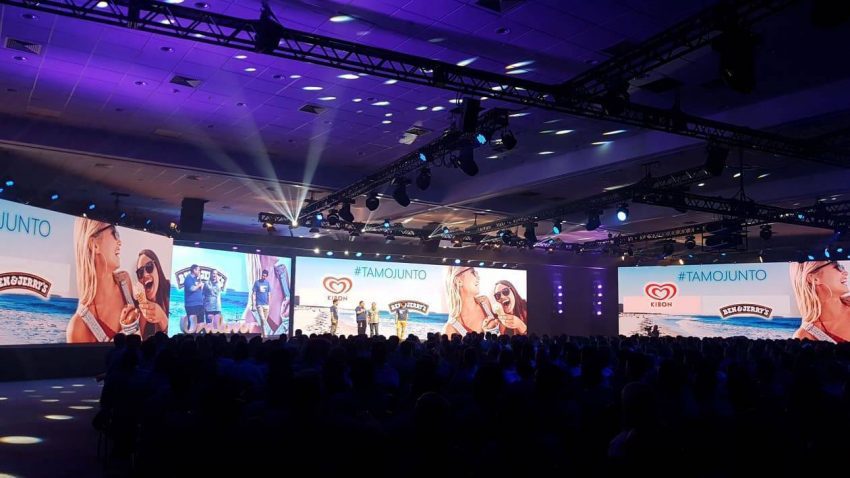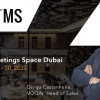It can be, but it can also be the beginning, or the end or just somewhere in the middle.
Most events are part of a larger story, the story of a brand or the story of a team, and are part of a communication plan that uses events as well as other channels to achieve business objectives.
We use experiences and events to, among other things, communicate ideas, tell brand stories or to motivate teams to perform better. Each event has its own story, an important story that should not be neglected, but it’s only when events adequately support the larger brand story that they help create value for companies.
But surely there are other ways of doing this? That may be the case, and digital communication often comes to mind, but events provide a level of human-to-human interaction that is not easy to replicate, particularly in a digital environment. Meeting face-to-face is not only delightful, but it’s also a more efficient form of communication. We are human, after all, and this is why the famous investor and philanthropist Warren Buffet says, “we will never see eye-to-eye if we never meet face-to-face”.
Just getting the right people in a room is not enough. It’s only when they share an experience, preferably an unboring one, that impactful and memorable communication can take place. This also means that there is a constant need to surprise, enchant and dazzle. Humans seek novelty. It keeps us interested, it keeps us on the edge of our seats. So creating the same event as last year is simply not good enough. Even if it was a great event, the lack of novelty means it will never have the same impact. It will never be unboring.
So if the event is not the end for the story, how does it support the larger story? This really is the crucial question and one that can only be answered by the client. Sometimes the larger story, the “big picture”, is not top of mind and the real reason to host an event has become blurred. It takes a team of experienced brand focused event professionals to get through these barriers and ask the really important questions that guide the design process of dazzling event experiences. An event brief is not enough, it needs to be questioned, tested and stretched so that the outcome can be truly supportive of the “big picture” in the most unboring way possible.
And how do we know if we are successful? If we understand the big picture we can develop ways to measure success. Together with the client, we can find ways to measure the impact of the event on their “big picture”. This is not easy, but this is exactly why the event is not the end of the story. It’s a touch point in a process or a chapter in a story which is why brands must integrate, measure and keep improving their events by teaming up with experts in provoking emotional and impactful reactions.




